Get PeakVisor App
Sign In
Search by GPS coordinates
- Latitude
- ° ' ''
- Longitude
- ° ' ''
- Units of Length

Yes
Cancel
Share ×

Scan the QR code and open PeakVisor on your phone
❤ Wishlist ×
Choose
Delete
Bow Valley Wildland Provincial Park (not to be confused with Bow Valley Provincial Park), is a 329 sq. km designated wilderness area that received protection under the Provincial Parks Act in 1998.
The park, along with Bow Valley Provincial Park and Canmore Nordic Centre Provincial Park, form a group of parks that were protected for their ecological, scenic, and recreational values. Between 1998 to September 2000, this group of parks covered nearly 75,408 acres in the Bow River watershed. However, in 2000, an additional 20,474 acres in the Spray Valley region were added to the Bow Valley Wildland Park.

Bow Valley Wildland is a rugged wilderness area that encompasses incredible alpine and subalpine terrain, including an area formerly known as the Yamnuska Natural Area. Nestled in the Front Ranges of the Rocky Mountains, the park is known for its glacial-fed rivers, beautiful alpine lakes, subalpine forest, and iconic 9,800-foot Rocky Mountain summits, including Mount Bogart, Mount Sparrowhawk, Mount Lougheed, and Wind Mountain. Nearby, the Three Sisters, Mount Lawrence Grassi, and Mount Fable also reach over 8,200 feet in elevation.
The park also serves as an important wildlife habitat and contains several corridors that allow national park officials to manage species that move between the Bow Valley and nearby national parks. Several rare plant and animal species
During the summer, the park is a premium destination for backcountry camping, fishing, hiking, mountain biking, canoeing, and rafting. Illustrious summits like Mount Yamnuska, also contain popular climbing routes that can be tackled in warmer months. Even after the first snowfall, the park can still be enjoyed by ice climbers, cross country skiers, and snowshoers.
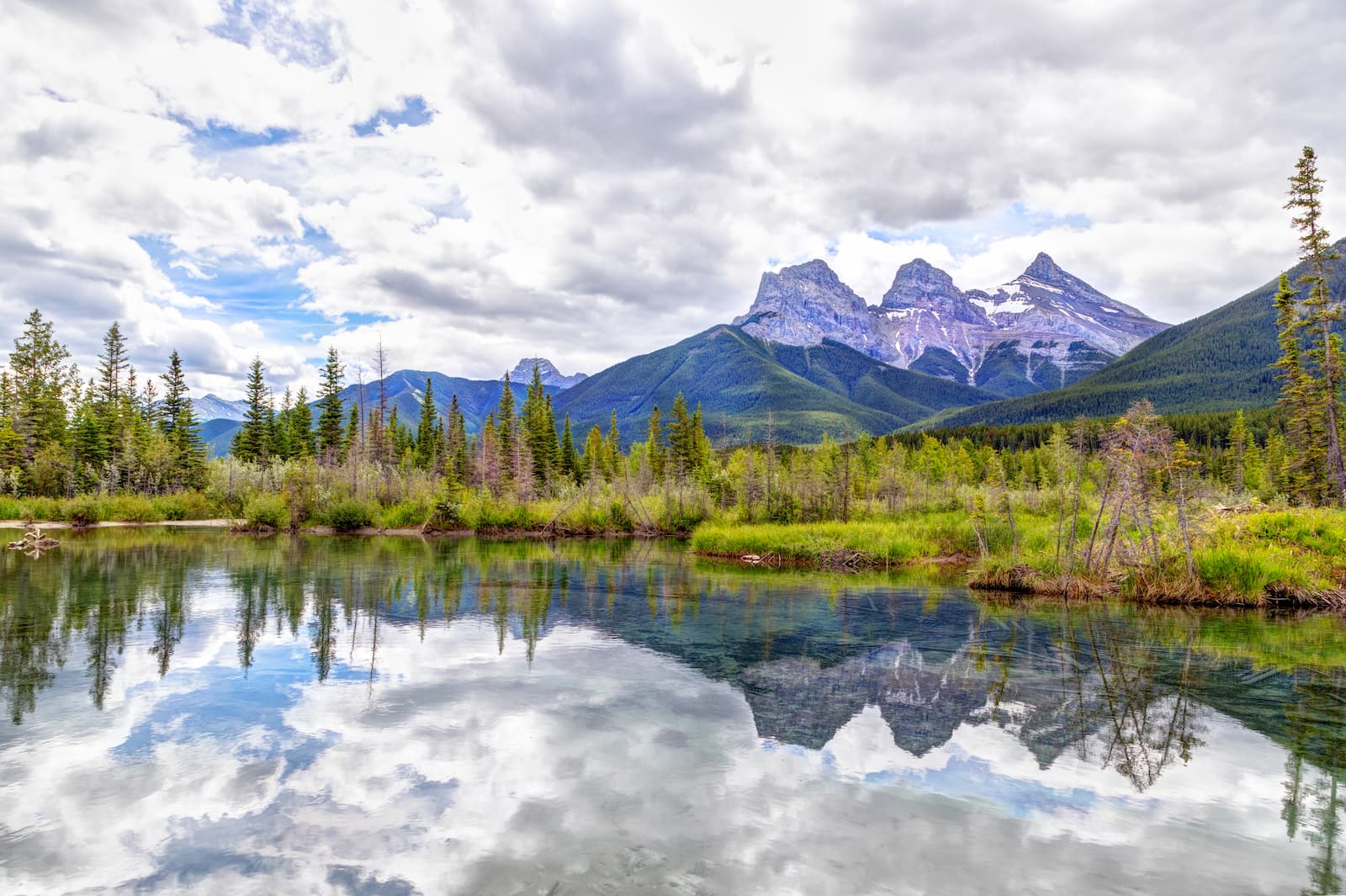
The 4.5-mile Ha Ling trail is a heavily trafficked footpath that leads to the summit of one of the most iconic landmarks in the Bow Valley – Ha Ling Peak. The ascent to the summit of Ha Ling doesn’t require any special equipment, but the 2,400 feet of elevation gain shouldn’t be underestimated. The trail features incredible vistas of the East End of Rundle, Whiteman’s Pond, and almost the entire Spray Lake Valley.
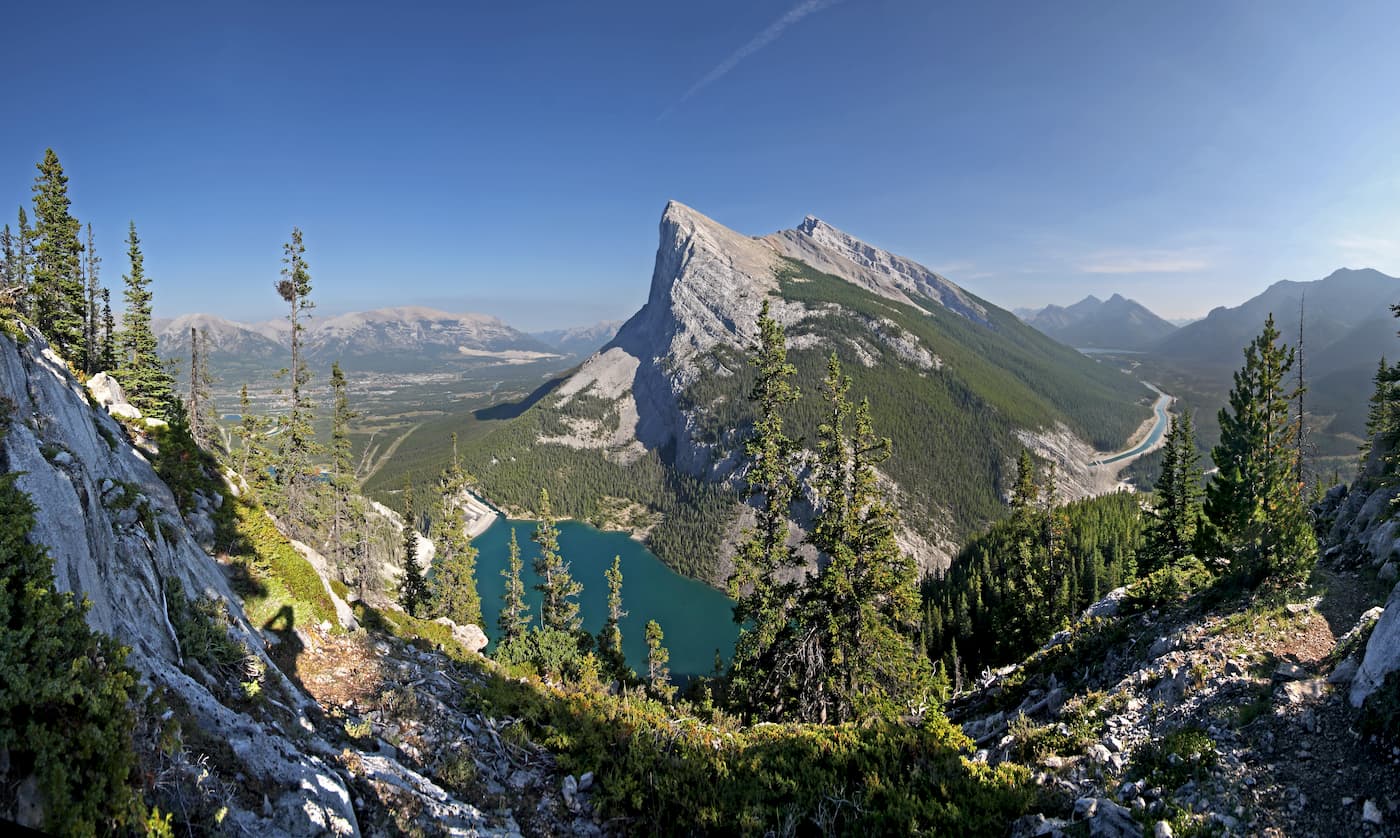
Named in 1957 for its heart-shaped layer of limestone, this short, steep climb up Heart Mountain offers incredible vistas of several incredible Rocky Mountain summits, including Grotto Mountain, Mount Yamnuska, Mount Lorette, and Mount McGillivray.
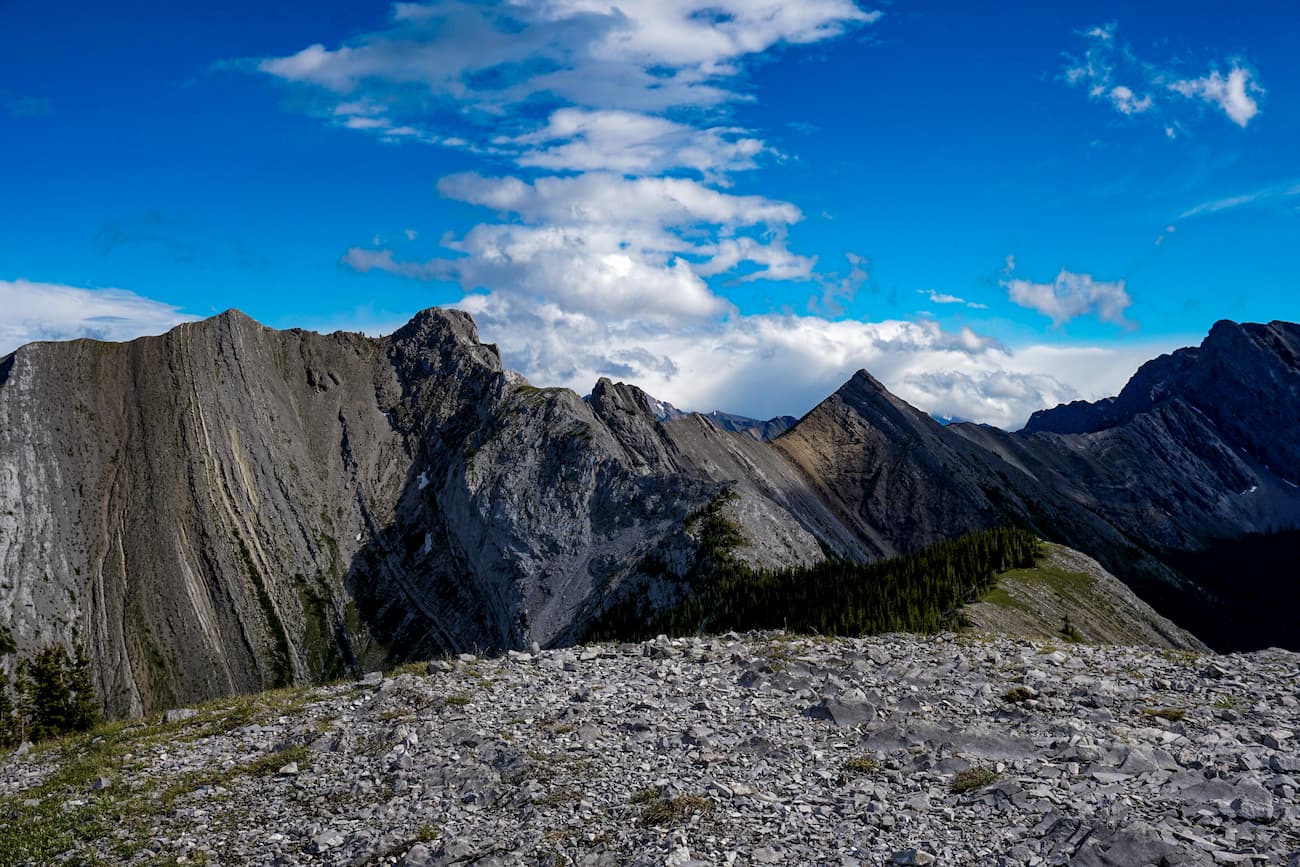
Located just a short distance from Canmore, the Grotto Canyon trail winds through a narrow-walled creek bed and a series of sheer, smooth limestone canyon walls. Shortly after entering the canyon, there are several Hopi pictographs that were painted between 500-1,000 years ago.
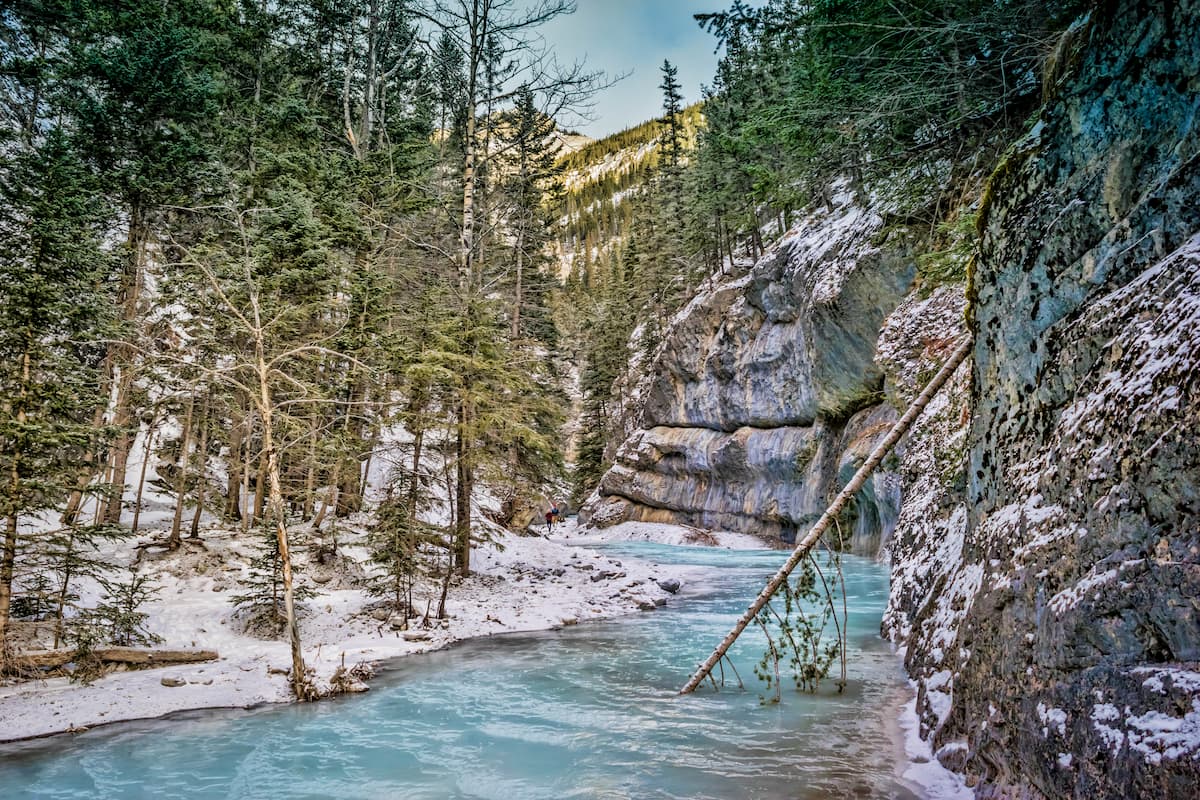
Tucked in the Bow Valley, Canmore is best-known for its incredible scenery, wildlife, and outdoor recreation potential. Canmore sits at the base of the iconic Three Sisters Mountain and is often overlooked by visitors traveling to nearby Banff township. Canmore sits at the edge of Kananaskis Country and provides easy access to major peaks and trails like Ha Ling Peak, Read’s Tower, Sarrail Ridge, Mount Yamnuska, and Mount Lady Macdonald. Although it doesn’t house quite as many resorts as nearby Banff, Canmore has plenty of reputable accommodations, including the Stoneridge Mountain Resort.
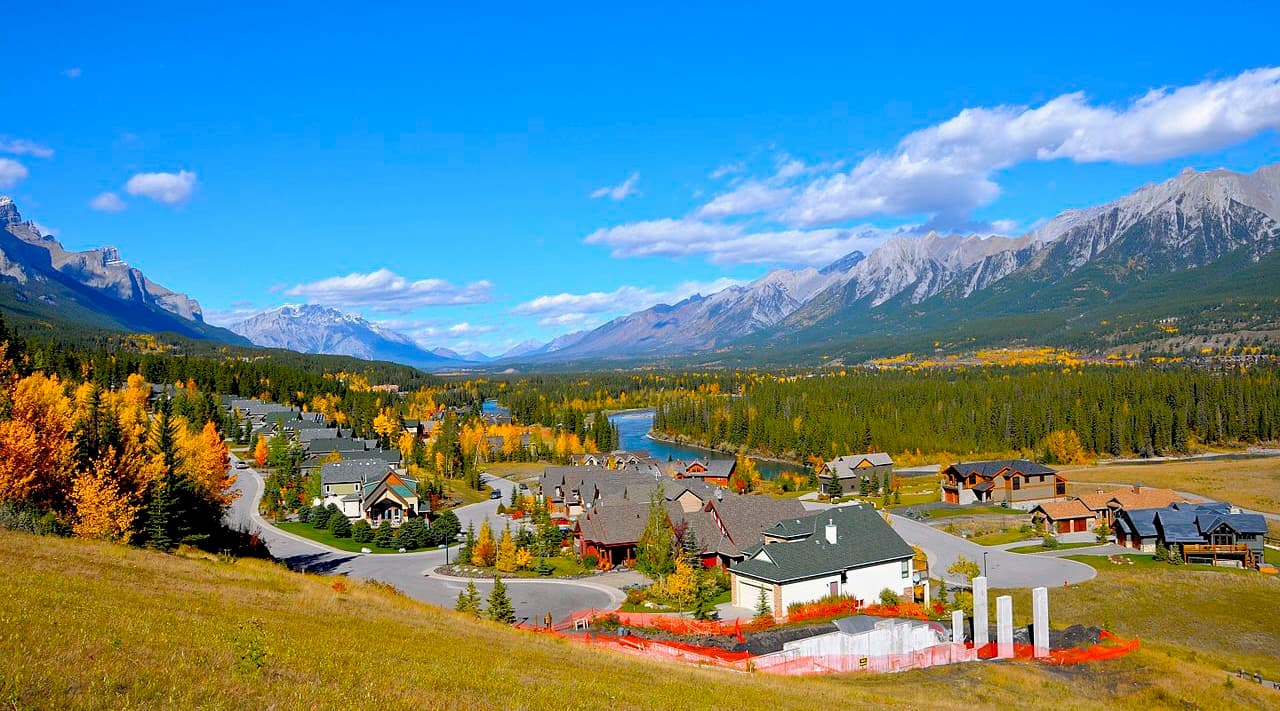
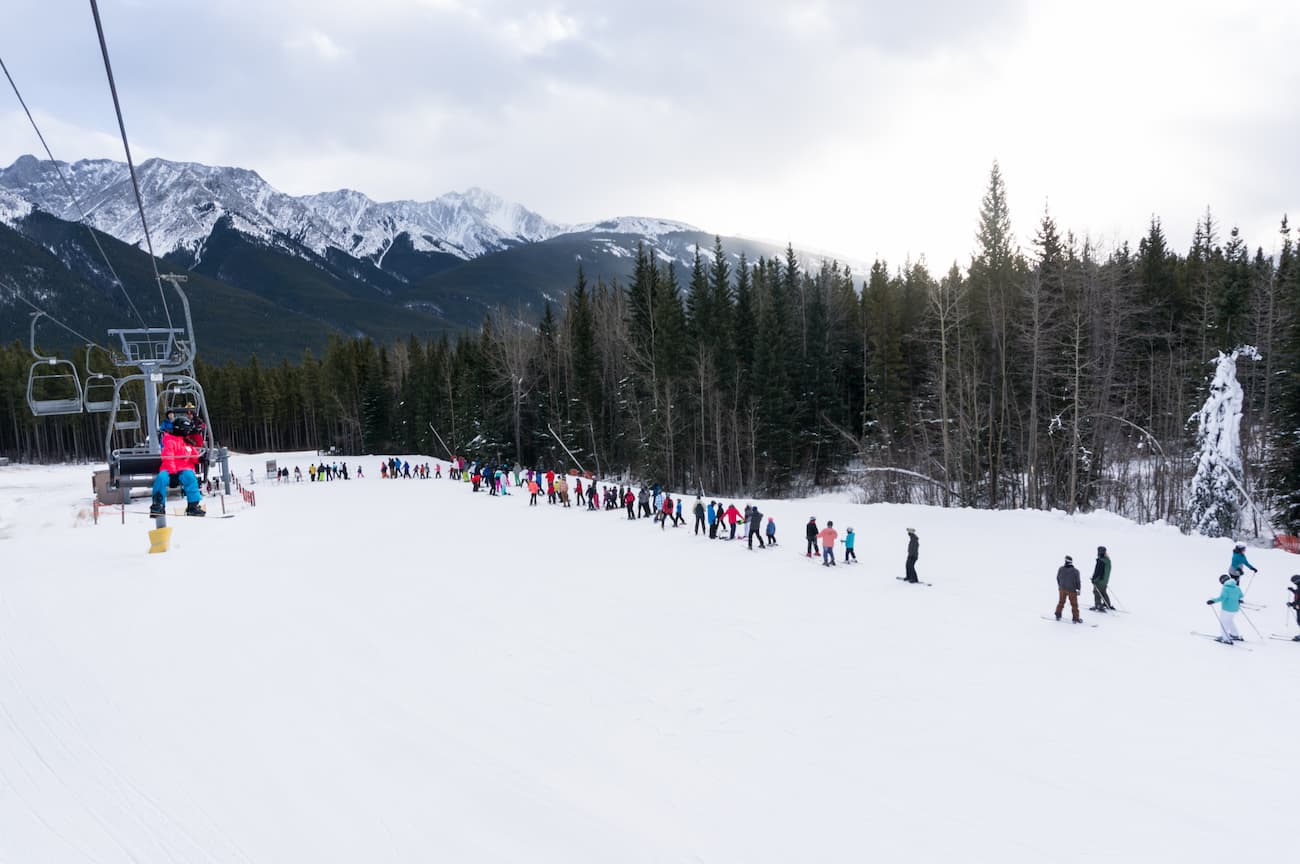
Established in 1885, Banff is known as the region’s quintessential Rocky Mountain resort town. Not only can incredible Rocky Mountain summits be admired from town, but visitors can pass the time by visiting a variety of cultural landmarks, museums, art galleries, and historic sites in town. The lively streets of downtown Banff are peppered with restaurants, shopping, and are teeming with mountain-town charm.
Nicknamed the “Castle in the Rockies,” the world-famous, historic Fairmont Banff Springs Hotel, offers year-round resort amenities and unparalleled skiing opportunities. However, there are plenty of other popular resorts and other accommodations in and around the town of Banff. Not to mention, Banff is home to three world-class ski resorts – Banff Sunshine, Lake Louise, and Norquay, which cumulatively boast over 8,000 acres of accessible terrain.
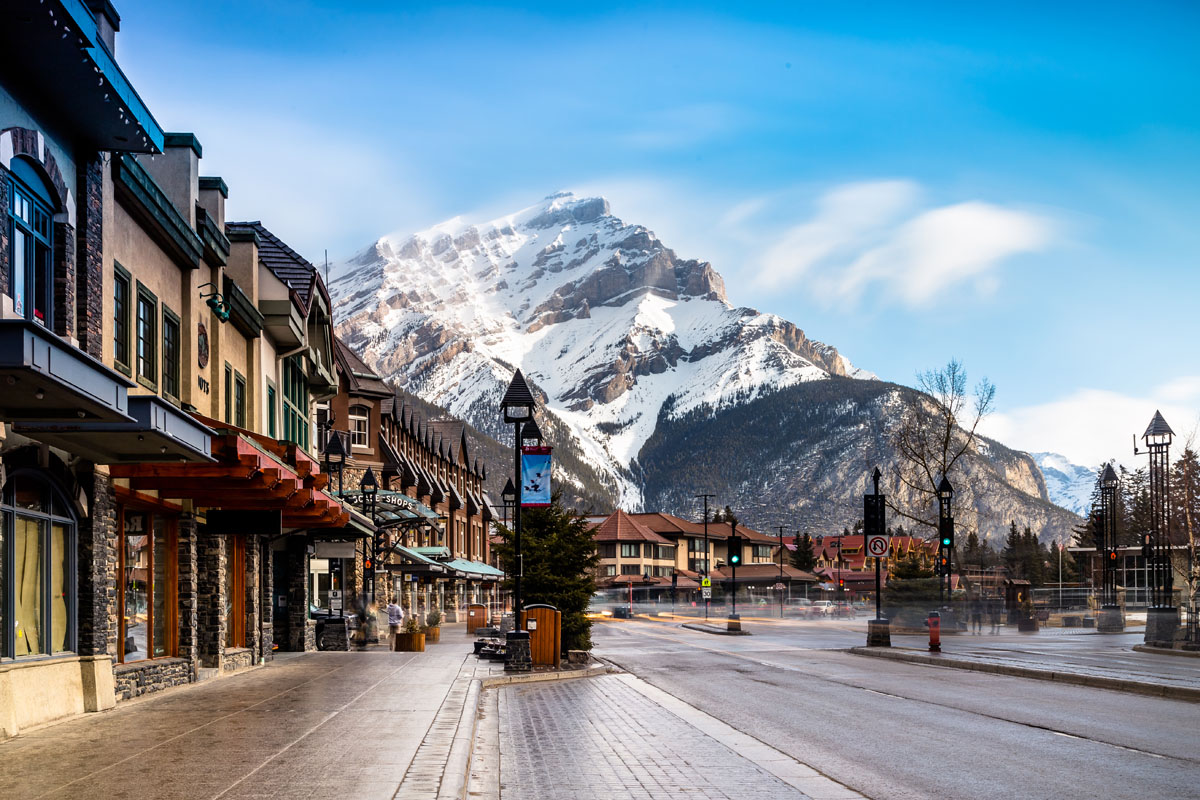
Explore Bow Valley Wildland Provincial Park with the PeakVisor 3D Map and identify its summits.








